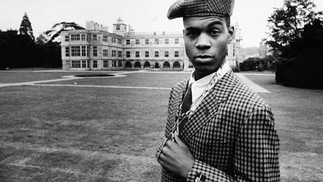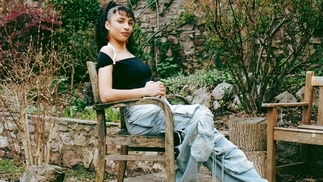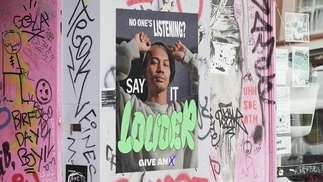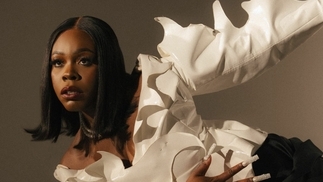Happy hardcore will never die: An ode to the Bonkers series
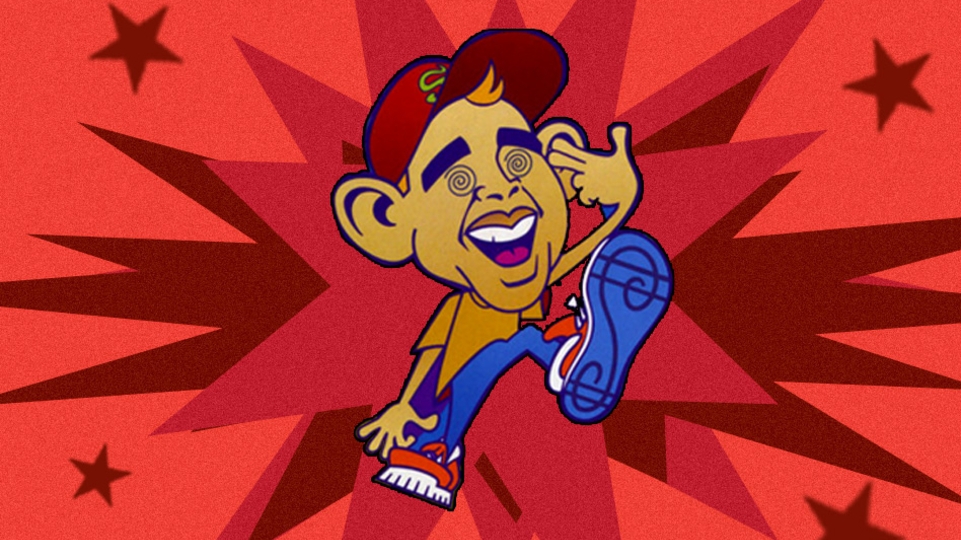
Greeted with both derision and delight from the outset, the cartoonish covers and soundtrack of happy hardcore’s defining, and to some damning, Bonkers series were vital for a generation that grew up in small UK towns during the ‘90s. A decade after the last edition, Joe Roberts presents an ode to how Bonkers’ hyper, overblown sounds ushered in a new era, switching things up several gears...
“Bonkers, light in the head; slightly drunk. Perhaps from bonk, a blow or punch on the bonce or head.” It's a word whose origins come from the British navy, at least according to Eric Partridge’s 1948 book, A Dictionary of Forces’ Slang. For a generation that had grown up in the ‘90s, however, the word instantly conjures up another image: the cartoonish covers and soundtrack of happy hardcore’s defining, and to some damning, Bonkers series, which released its final instalment that same year.
It was greeted with both derision and delight from the outset, but a decade after the final last edition, Bonkers’ hyper, overblown sounds are still making their presence heard. Hixxy continues to play around the world (Sharkey has reportedly retired) and a new generation is getting light headed on four four tempos of 150bpm plus, with DJs like recent DJ Mag cover star, Mumdance, huge fans of the sound.
With off beat stabs and prominent, over-driven kick drums, ‘Bonkers’ was the dawning of a new era that owed as much to bouncey techno and Trade’s relentless after hours sound as it did hardcore’s chipmunk vocals and piano lines. While jungle developed in inner city club confines, a distillation of hardcore’s darker, more introspective side, ‘Bonkers’ took the euphoria and kept pumping it up until synapses exploded. After this split, its genus kept evolving, drawing in elements of more diverse scenes and planting the seeds for hardstyle and the very UK phenomenon of donk.
Founded by React Records, purveyors of the harder end of the dance spectrum, the series launched in 1996 with DJs Hixxy and Sharkey at the controls. Running for an incredible 19 volumes, while using a succession of increasingly absurd or self-referential titles - ‘Bonkers 5: Anarchy in the Universe’, ‘Bonkers XI: Forevolution’, ‘Bonkers 15: Legends of the Core’ - its sound morphed from happy hardcore to encompass hard house, trancecore, hardcore and even gabber, with similarly minded DJs such as Dougal, Sy, Vibes, Scott Brown and even Rotterdam’s Neophyte joining Hixxy and Sharkey at the controls.

To comprehend the mindset of the haters, and see how ‘Bonkers’ was so influential, requires looking at the early roots of happy hardcore. A Year Of Mixtapes was a sprawling, ambitious blog project started in 2009 with the intention of releasing a mix a week from Chrissy, a now San Francisco based DJ and producer with an encyclopaedic knowledge of everything from dancehall and disco to jungle and happy hardcore. Indeed, raised on Midwest rave and starting out as a jungle producer, he liked happy hardcore so much that he did two mixtapes: ‘The Year In Happy Hardcore 1994’ and ‘Golden Era Happy Hardcore’.
What’s noticeable is how much more aligned with the breakbeat driven sound of hardcore and jungle these are compared to ‘Bonkers’. In Chrissy’s words, “Happy hardcore grew out of UK rave at the same time as jungle, and was really delightful for the first few years of its existence. It then went on a severe downward slide, losing a lot of the original rave/jungle elements that made it so great. This really awful later-era cheeseball stuff is the reason for happy hardcore's bad rap.”
What’s universally agreed is that ‘Bonkers’ ushered in a new era. The dispute is between those who welcomed it with open arms (probably held aloft on the dancefloor) and those slagging it off (arms presumably folded) from the sidelines, and now still via the internet. “What a load of tripe... Goodbye to the good old days,” reads one Discogs comments labelling it as ‘music for kids’ to sum up the view of old school purists. “This is how happy hardcore was at its peak, totally uplifting, amazing vocals and melodies,” counters another.
The catalyst for the debut edition was when Sharkey (aka Jonathan Kneath), an MC turned DJ, from Plymouth, and Hixxy (aka Ian Hicks), a DJ and producer from Portsmouth, released their 1995 track ‘Toytown’, which reportedly went on to sell around 5,000 copies. Opening with a chopped amen, the staple of breakbeat hardcore, as soon as a heavily distorted kick had reached the first breakdown all similarities ended. There was hardcore’s template of contrasting shades, the light and dark that sonically painted the polarities of the clubbing experience. But ‘Toy Town’ started at dancefloor euphoria and ended in unstoppable mania, its buzz bordering on the demented.
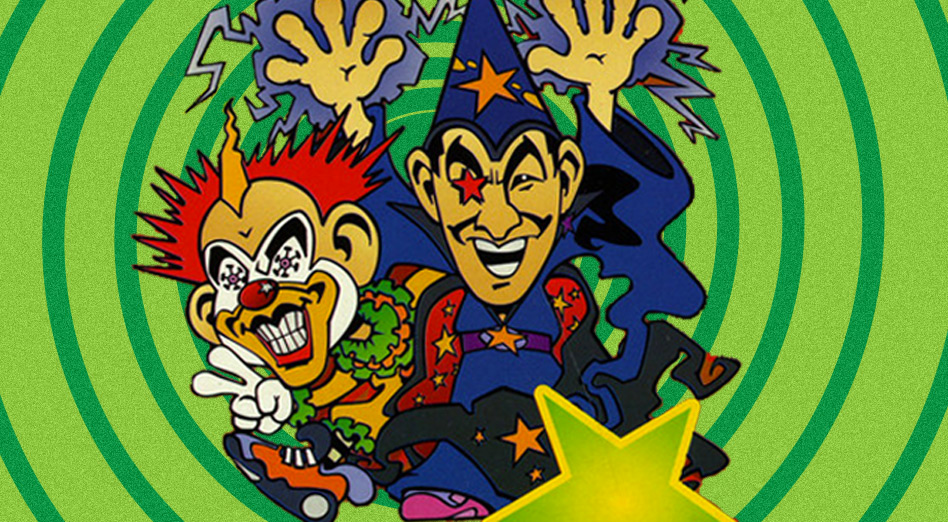
The track itself was originally going to be called ‘Bonkers’, in tribute, supposedly, to a line used by Sharkey when MCing. But the name instead passed to the duo’s first mix CD together. “House music and jungle in particular have had all the press for the past few years,” Sharkey said before it’s release, “now it’s time for the happy hardcore scene to have a slice of the cake.” DJ Hixxy’s clever use of ‘Toytown’ as the opening track, playing it slowed down so it barely tickles 140bpm, then mixing in Dougal & Eruption’s ‘Party Time’ which jumps to 180bpm as it drops, signified an intention to switch things up several gears.
Filled with their own productions, alongside well known hardcore heroes like Seduction, Billy Bunter and Slipmatt, the original ‘Bonkers’ is a relentless ride through pianos and hoovers, breakbeats and boshing kicks, high-pitched female vocals and MC hype adding to the infectious energy. Even from this first edition, though, they were fighting off criticism, aware that some heard their sound as a bastardisation of hardcore’s roots. “That was the worst thing I ever heard!” comes a sample from The Muppets halfway through Hixxy’s mix. “It was terrible. Horrendous,” replies a companion. “Well it wasn’t that bad” says the first, wavering. “There were parts of it I liked.” “Yeah, I liked a lot of it.” “It was “It was great.” Then as they both cry for “more, more,” in comes a classic three note lead and the pulse raising sound of another snare roll.
Whatever your stance, the spirit of ‘Bonkers’ never died, constantly existing as an antidote to how staid ‘cooler’ sounds can become. Scott Brown recently played h5rlecore at London’s newest club, Fold, while Hixxy himself returned from a tour of the States. The London-centric media - DJ Mag included - typically concerns itself with scenes close to home, but parts of the country have never stopped the Bonkers vibe. A widespread fascination with donk, happy hardcore’s modern cousin, chronicled in a 2012 Vice documentary, revealed a complicated backdrop of deprivation and devotion, and a sound estranged from its Hardcore Continuum relatives. You can argue it lacks sophistication, but in an age when authenticity is supposedly paramount, the uncontrived offshoots of ‘Bonkers’ are still going mad.


